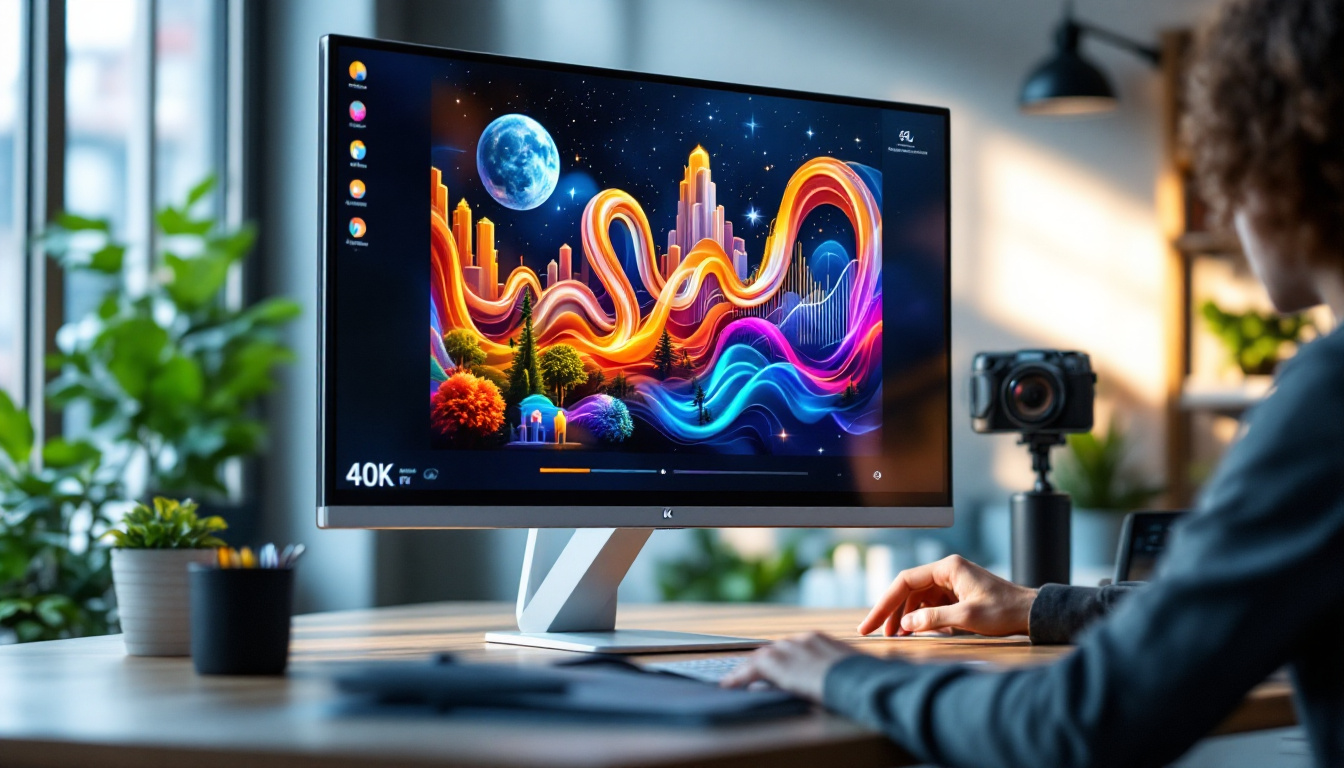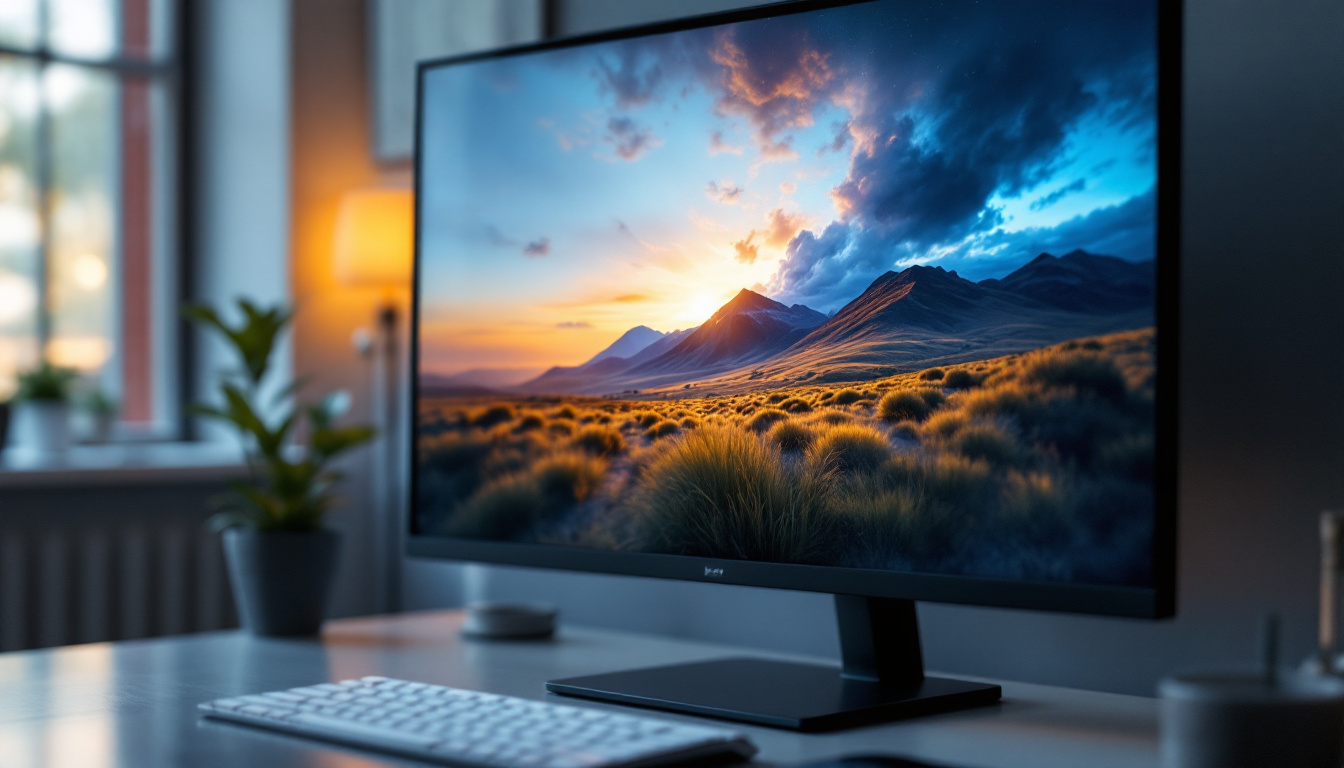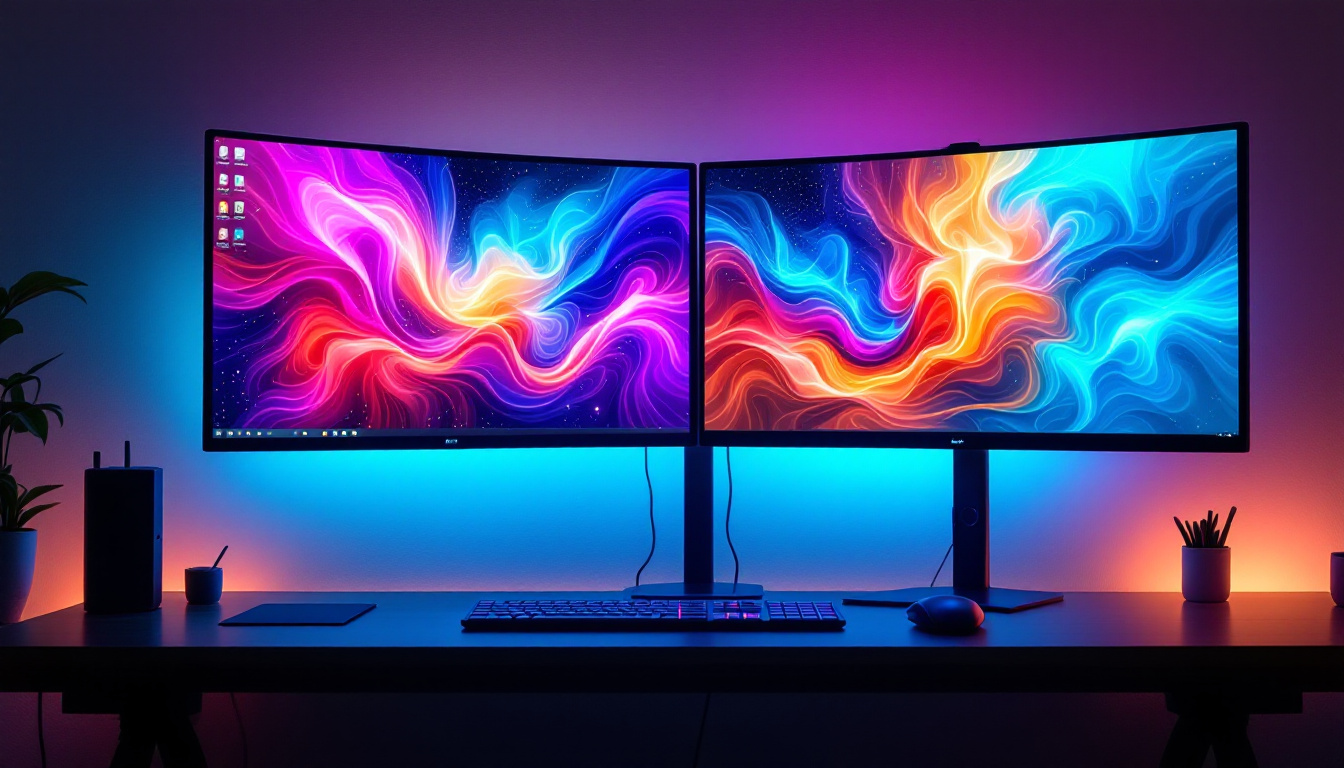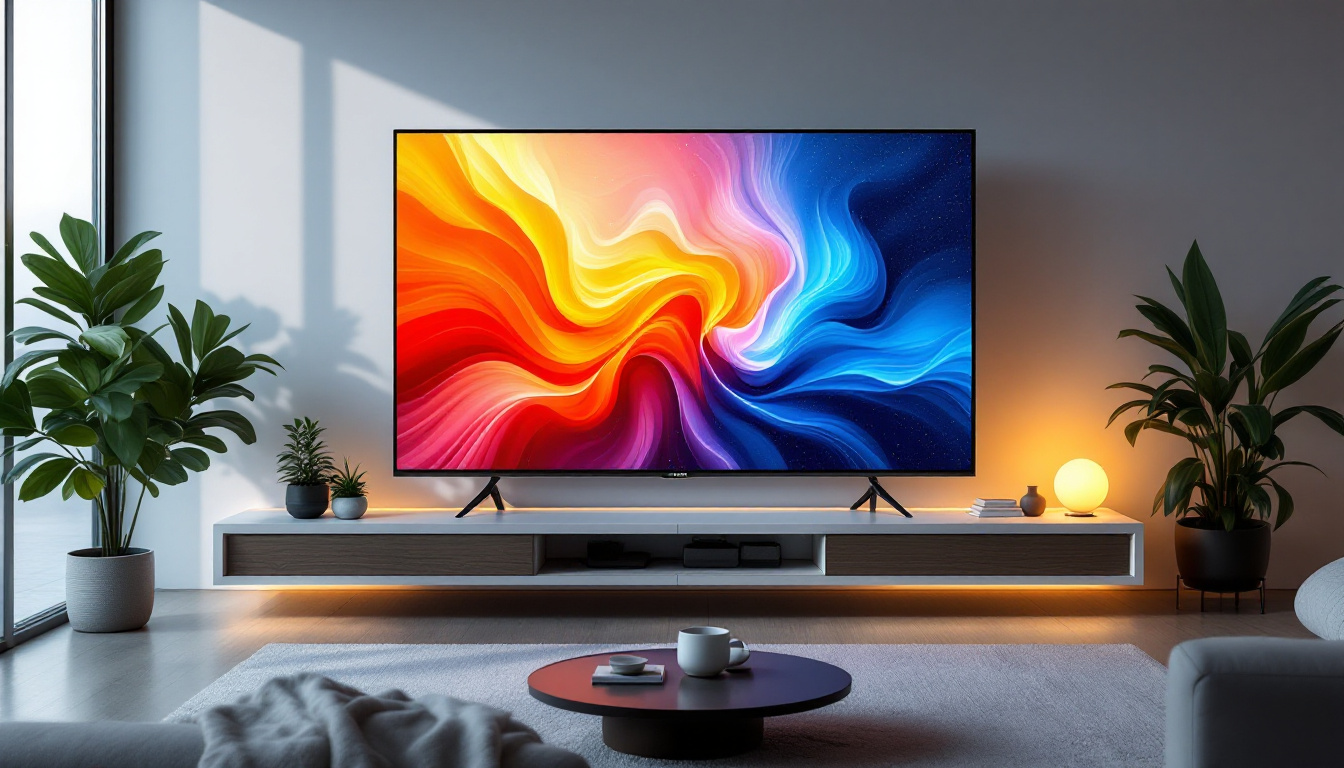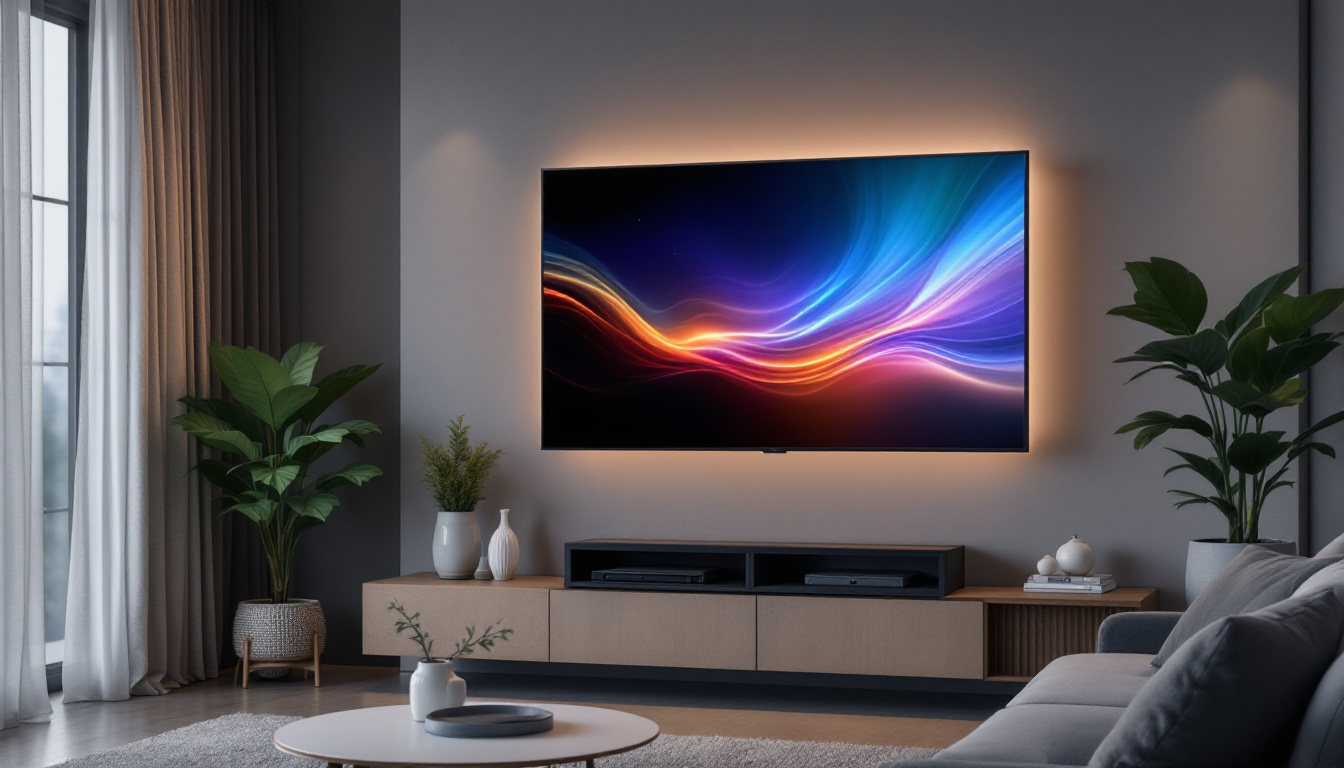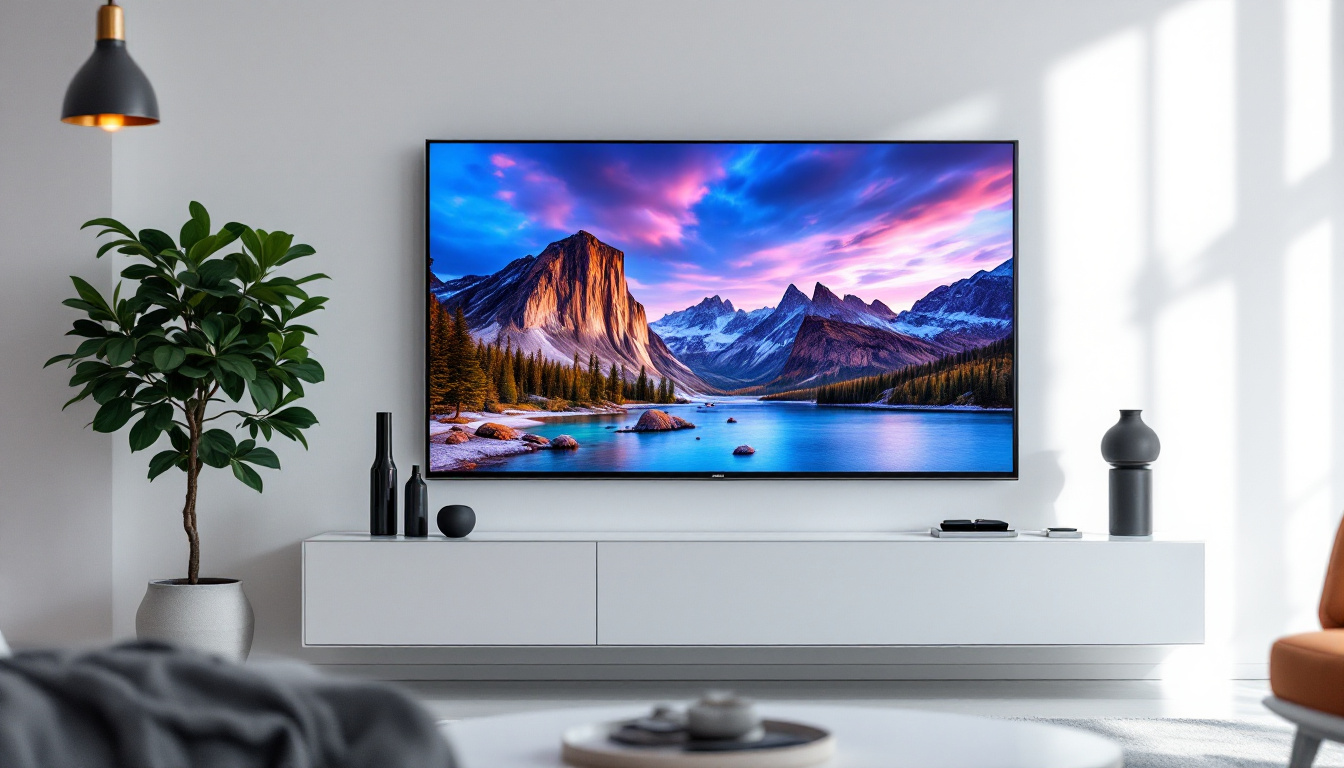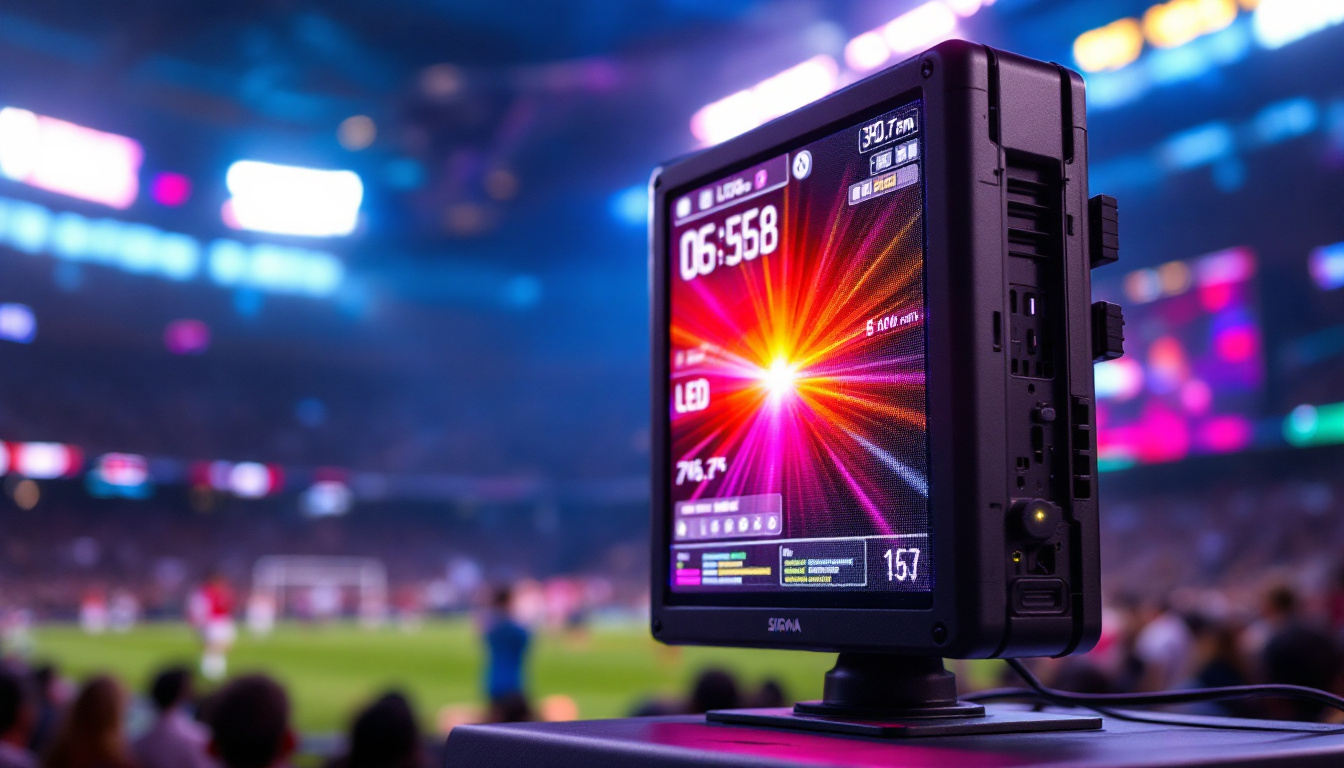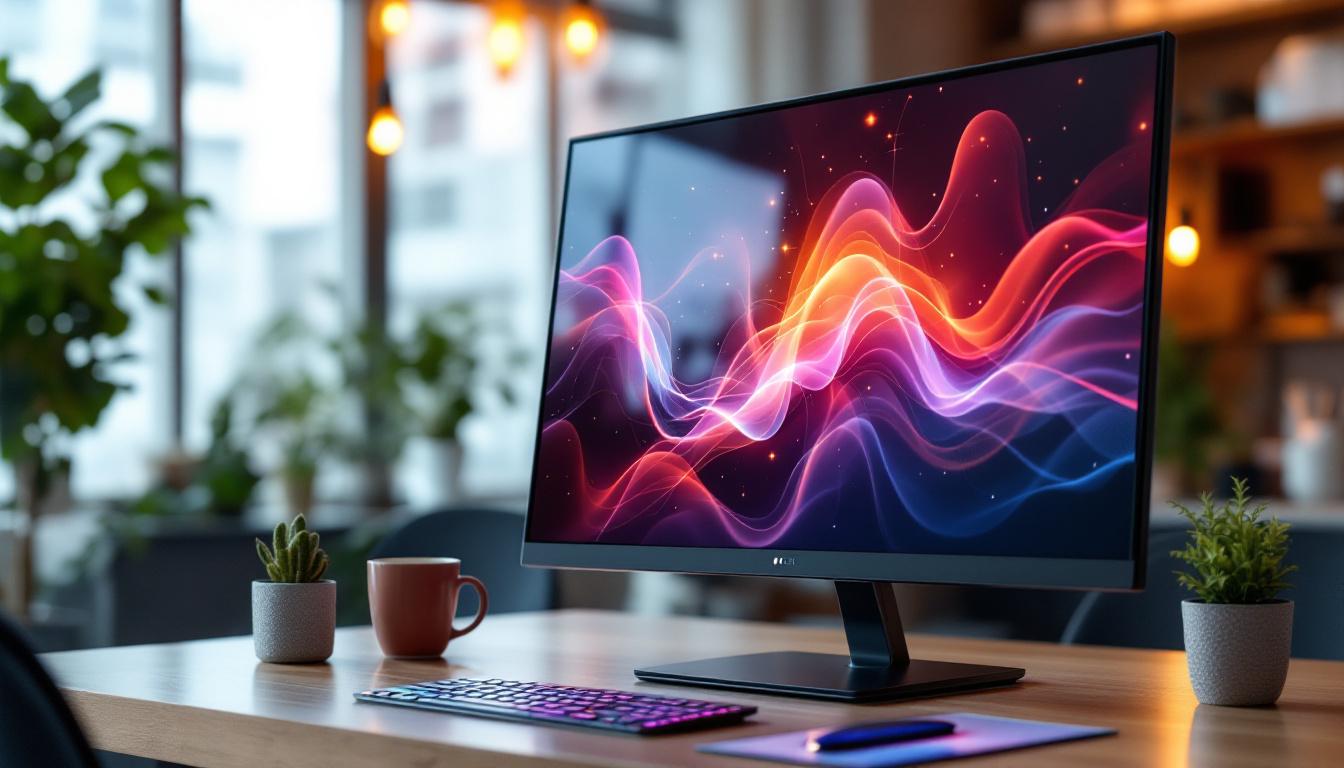In recent years, the demand for high-resolution displays has surged, with 4K technology becoming a standard in various applications, from gaming to professional work environments. Among these advancements, 4K touchscreen monitors equipped with LED displays have emerged as a popular choice for users seeking both interactivity and superior image quality. This article delves into the intricacies of 4K touchscreen monitors, exploring their technology, benefits, applications, and considerations for potential buyers.
Understanding 4K Resolution
4K resolution, often referred to as Ultra High Definition (UHD), boasts a pixel count of 3840 x 2160, which is four times the resolution of Full HD (1920 x 1080). This increase in pixel density results in sharper images, more vibrant colors, and enhanced detail, making it ideal for various applications. The transition to 4K has not only transformed the way we consume media but has also set new standards in content creation, pushing filmmakers and game developers to harness the full potential of this technology.
The Importance of Pixel Density
Pixel density, measured in pixels per inch (PPI), plays a crucial role in display quality. A higher PPI translates to finer details and smoother gradients, which is particularly beneficial for graphic design, video editing, and gaming. With 4K displays, users can experience a level of detail that was previously unattainable in consumer-grade monitors. Furthermore, as the technology continues to evolve, manufacturers are developing screens that not only support 4K resolution but also incorporate advanced color accuracy and HDR (High Dynamic Range) capabilities, further enhancing the viewing experience.
Benefits of 4K Resolution
One of the primary advantages of 4K resolution is its ability to provide a more immersive viewing experience. Whether watching movies, playing video games, or working on intricate design projects, the clarity and detail offered by 4K monitors can significantly enhance user engagement. Additionally, 4K displays allow for larger screen sizes without sacrificing image quality, making them suitable for both personal and professional use. For instance, in the realm of education and training, 4K technology can facilitate more effective presentations and simulations, allowing students and professionals alike to grasp complex concepts through visually rich content. Moreover, as streaming services increasingly adopt 4K content, viewers can enjoy a cinematic experience from the comfort of their homes, making it a sought-after feature in modern televisions and projectors.
Touchscreen Technology Explained
Touchscreen technology has revolutionized the way users interact with devices. By allowing direct manipulation of the display, touchscreen monitors provide a more intuitive and engaging experience. There are several types of touchscreen technologies, including capacitive, resistive, and infrared, each with its unique advantages and applications. The rise of touchscreen technology has also paved the way for innovative applications in various fields, from consumer electronics to healthcare and education, enhancing user interaction and accessibility.
Capacitive Touchscreens
Capacitive touchscreens are the most common type found in modern devices. They work by detecting the electrical charge from the human body, allowing for multi-touch capabilities and a more responsive experience. This technology is particularly favored for its durability and clarity, making it ideal for high-resolution displays. Capacitive touchscreens are widely used in smartphones and tablets, where the need for quick and precise input is paramount. Additionally, advancements in capacitive technology have led to the development of features such as gesture recognition and pressure sensitivity, further enriching user interaction.
Resistive Touchscreens
Resistive touchscreens, on the other hand, consist of two conductive layers separated by a small gap. When pressure is applied, the layers touch, registering the input. While they are generally less sensitive than capacitive screens, resistive touchscreens can be used with various input devices, such as styluses or gloves, making them suitable for industrial applications. Their robustness makes them ideal for environments where dust, moisture, or extreme temperatures may be present. Moreover, resistive touchscreens are often more affordable than their capacitive counterparts, making them a popular choice for budget-conscious projects and devices.
As touchscreen technology continues to evolve, new innovations are emerging that blend the best features of both capacitive and resistive screens. For instance, some hybrid models are designed to offer the sensitivity of capacitive touch with the versatility of resistive touch, allowing users to utilize both finger and stylus inputs seamlessly. This adaptability is particularly beneficial in fields such as design and engineering, where precision is crucial. Furthermore, the integration of touchscreen technology with artificial intelligence is opening up new possibilities for user interaction, enabling devices to learn and adapt to individual preferences, thus enhancing the overall user experience.
LED Display Technology
LED (Light Emitting Diode) technology has become the standard for modern displays, including 4K touchscreen monitors. LED displays utilize semiconductor diodes to emit light, providing superior brightness, energy efficiency, and color accuracy compared to traditional LCD displays.
Types of LED Displays
There are two main types of LED displays: Edge-lit and Direct-lit. Edge-lit displays have LEDs positioned along the edges of the screen, allowing for a thinner design. In contrast, Direct-lit displays feature LEDs placed directly behind the screen, providing more uniform brightness and better color performance. Understanding these differences can help users choose the right monitor for their needs. Additionally, there are variations such as Full Array LED, which combines the benefits of Direct-lit with local dimming capabilities, allowing for even greater contrast ratios and enhanced picture quality. This technology is particularly beneficial for high-definition content, where detail and clarity are paramount.
Benefits of LED Technology
LED technology offers numerous advantages, including lower energy consumption, longer lifespan, and improved color reproduction. These benefits make LED displays a popular choice for both personal and professional use. Additionally, the ability to produce deeper blacks and brighter whites enhances the overall viewing experience, making LED displays particularly appealing for media consumption. Furthermore, the rapid response time of LED displays minimizes motion blur, making them ideal for fast-paced gaming and action-packed movies. The versatility of LED technology also extends to various applications, from digital signage in retail environments to high-end cinema displays, showcasing its adaptability across different industries.
Applications of 4K Touchscreen Monitors
4K touchscreen monitors have found their way into various industries, enhancing productivity and user experience across the board. Their versatility makes them suitable for a range of applications, from creative work to educational environments.
Creative Industries
In creative fields such as graphic design, video editing, and photography, the clarity and color accuracy of 4K touchscreen monitors are invaluable. Designers can manipulate images with precision, while video editors can work with high-resolution footage without compromising quality. The interactive nature of touchscreen technology further streamlines workflows, allowing for a more hands-on approach to creative projects. Moreover, the ability to zoom in and out effortlessly on a touchscreen provides artists with an intuitive way to focus on intricate details, making it easier to achieve their desired outcomes. The integration of advanced software tools that leverage the capabilities of 4K displays also allows for real-time collaboration, where multiple users can interact with the same project simultaneously, fostering creativity and innovation.
Education and Training
Educational institutions are increasingly adopting 4K touchscreen monitors for interactive learning experiences. These displays facilitate collaborative learning, enabling students and educators to engage with content in a dynamic way. Additionally, touchscreen technology can enhance training sessions in corporate environments, allowing for more effective presentations and hands-on demonstrations. The high resolution of 4K monitors ensures that even the smallest details in educational materials, such as charts, graphs, and videos, are displayed with stunning clarity, which can significantly improve comprehension and retention of information. Furthermore, interactive simulations and virtual labs can be conducted on these monitors, providing students with practical, real-world experiences that are essential for mastering complex concepts in fields like science and engineering.
Choosing the Right 4K Touchscreen Monitor
When selecting a 4K touchscreen monitor, several factors should be considered to ensure it meets specific needs. Understanding these elements can help users make an informed decision.
Screen Size and Resolution
The screen size of a monitor can significantly impact the user experience. Larger screens provide more immersive viewing experiences, while smaller screens may be more suitable for limited desk space. It’s essential to balance screen size with resolution; a larger monitor with lower resolution may not provide the same clarity as a smaller, high-resolution display.
Connectivity Options
Connectivity is another crucial factor to consider. Ensure that the monitor has the necessary ports to connect to other devices, such as HDMI, DisplayPort, or USB-C. Additionally, some monitors offer wireless connectivity options, which can enhance flexibility and ease of use.
Budget Considerations
4K touchscreen monitors come in a wide range of prices, depending on features and specifications. It’s essential to establish a budget and prioritize features that are most important. While it may be tempting to opt for the cheapest option, investing in a quality monitor can yield better long-term results.
Future of 4K Touchscreen Monitors
The future of 4K touchscreen monitors looks promising, with continuous advancements in technology. As display technology evolves, users can expect even better performance, enhanced features, and more affordable options.
Emerging Technologies
Innovations such as OLED and Mini-LED technology are making their way into the market, promising improved color accuracy and contrast ratios. These technologies may soon become standard in 4K touchscreen monitors, further enhancing the viewing experience.
Increased Adoption Across Industries
As more industries recognize the benefits of 4K touchscreen monitors, their adoption is likely to increase. From healthcare to retail, the interactive capabilities of these displays can improve efficiency and user engagement, making them a valuable asset in various settings.
Conclusion
4K touchscreen monitors represent a significant advancement in display technology, combining high-resolution visuals with interactive capabilities. Their applications span across numerous industries, enhancing productivity and user experience. As technology continues to evolve, the future of 4K touchscreen monitors appears bright, promising even more innovative solutions for users. Whether for creative work, educational purposes, or general use, investing in a quality 4K touchscreen monitor can provide substantial benefits, making it a worthwhile consideration for anyone in the market for a new display.
Discover LumenMatrix’s Advanced 4K Touchscreen Displays
Ready to experience the ultimate in display technology? LumenMatrix is at the forefront of LED innovation, offering a wide array of LED display solutions that bring your content to life with unparalleled brightness, clarity, and interactivity. From immersive indoor and outdoor LED walls to dynamic vehicle and sports displays, our products are designed to captivate and engage. Elevate your visual communication with our cutting-edge 4K touchscreen monitors and discover how LumenMatrix can transform your space. Check out LumenMatrix LED Display Solutions today and step into the future of digital signage.

